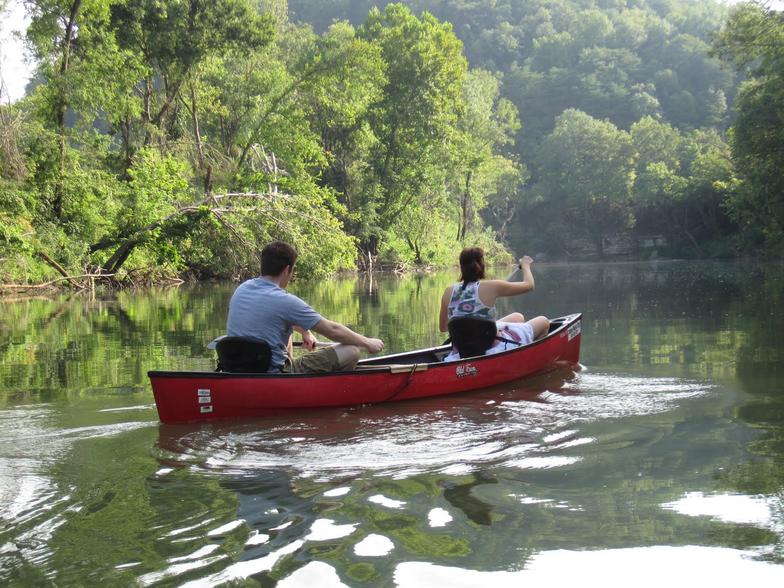Souvenir Sheet: Ballon and Dugout Canoe (Guinea 1974)
Ballon and Dugout Canoe (Guinea 1974)
16 October (Guinea ) within release U.P.U. (Universal Postal Union), Centenary goes into circulation Souvenir Sheet Ballon and Dugout Canoe face value 10 Guinean syli
| Souvenir Sheet Ballon and Dugout Canoe in catalogues | |
|---|---|
| Michel: | Mi: GN BL35A |
| Stamp Number: | Sn: GN 676 |
| Stanley Gibbons: | Sg: GN MS862a |
Souvenir Sheet is horizontal format.
Also in the issue U.P.U. (Universal Postal Union), Centenary:
- Stamp - Runner with letter stick face value 6;
- Stamp - Drummers, Pigeon, UPAF face value 5;
- Stamp - Airplane, Ship face value 10;
- Stamp - Monorail, Truck face value 7.50;
- Souvenir Sheet - Ballon and Dugout Canoe face value 10;
- Souvenir Sheet - Satellites Over Earth face value 4*20;
- Stamp - Satellites Over Earth face value 20;
- Stamp - Balloon and Dugout Canoe face value 10;
- Souvenir Sheet - Balloon and Dugout Canoe face value 10;
- Souvenir Sheet - Satellites Over Earth face value 4*20;
Souvenir Sheet Ballon and Dugout Canoe it reflects the thematic directions:
A hot air balloon is a lighter-than-air aircraft consisting of a bag, called an envelope, which contains heated air. Suspended beneath is a gondola or wicker basket (in some long-distance or high-altitude balloons, a capsule), which carries passengers and a source of heat, in most cases an open flame caused by burning liquid propane. The heated air inside the envelope makes it buoyant, since it has a lower density than the colder air outside the envelope. As with all aircraft, hot air balloons cannot fly beyond the atmosphere. The envelope does not have to be sealed at the bottom, since the air inside the envelope is at about the same pressure as the surrounding air. In modern sport balloons the envelope is generally made from nylon fabric, and the inlet of the balloon (closest to the burner flame) is made from a fire-resistant material such as Nomex. Modern balloons have been made in many shapes, such as rocket ships and the shapes of various commercial products, though the traditional shape is used for most non-commercial and many commercial applications.
The hot air balloon is the first successful human-carrying flight technology. The first untethered manned hot air balloon flight in the world was performed in Paris, France, by Jean-François Pilâtre de Rozier and François Laurent d'Arlandes on November 21, 1783, in a balloon created by the Montgolfier brothers. The first hot air balloon flown in the Americas was launched from the Walnut Street Jail in Philadelphia on January 9, 1793, by the French aeronaut Jean Pierre Blanchard. Hot air balloons that can be propelled through the air rather than simply drifting with the wind are known as thermal airships.
Canoeing is an activity which involves paddling a canoe with a single-bladed paddle. Common meanings of the term are limited to when the canoeing is the central purpose of the activity. Broader meanings include when it is combined with other activities such as canoe camping, or where canoeing is merely a transportation method used to accomplish other activities. Most present-day canoeing is done as or as a part of a sport or recreational activity. In some parts of Europe canoeing refers to both canoeing and kayaking, with a canoe being called an open canoe.
The mail or post is a system for physically transporting documents and other small packages; or, the postcards, letters, and parcels themselves. A postal service can be private or public, though many governments place restrictions on private systems. Since the mid-19th century national postal systems have generally been established as government monopolies with a fee on the article prepaid. Proof of payment is often in the form of adhesive postage stamps, but postage meters are also used for bulk mailing. Modern private postal systems are typically distinguished from national postal agencies by the names "courier" or "delivery service". Postal authorities often have functions other than transporting letters. In some countries, a postal, telegraph and telephone (PTT) service oversees the postal system, in addition to telephone and telegraph systems. Some countries' postal systems allow for savings accounts and handle applications for passports.



